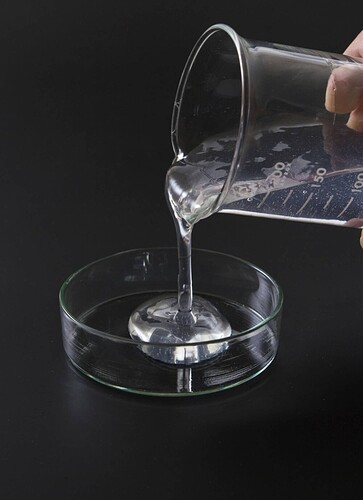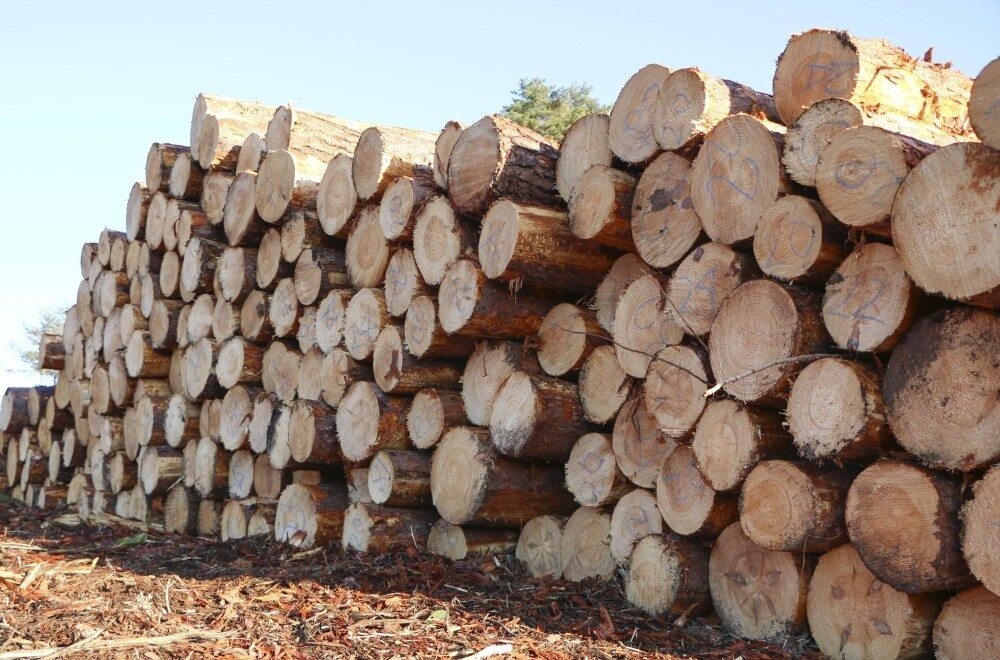Major Japanese paper manufacturers are developing a new wood fiber material that could help promote decarbonization and reduce the use of plastics.
With demand for paper in the doldrums, the industry is looking to expand the use of wood, a renewable resource, beyond paper products.
Domestic demand for paper and paperboard has been falling since its peak in 2000. In 2023, demand is expected to slump to 22.58 million tons, down about 30% from 2000, as companies have digitalized more of their operations and encouraged remote work amid the COVID-19 pandemic. Soaring prices of coal and wood chips have also weighed heavily on the bottom lines of major paper manufacturers.
To overcome the situation, the companies are developing cellulose nanofibers, or CNF, seeing them as a promising next-generation material. CNF is a fine fiber with a diameter of nanometers, created by the loosening of wood fibers, or pulp, supplied from forests. It is light and strong, and has excellent elasticity. A nanometer is one-billionth of a meter.
The addition of CNF can create high-strength materials and reduce the use of plastics. They are expected to be used in vehicles, home electric appliances and building materials.
Japan’s major paper manufacturers are developing a new fiber to expand the use of wood amid a decline in domestic demand for paper. | Kyodo
Nippon Paper Industries, in collaboration with Yamaha Motor, is developing reinforced resin mixed with CNF for use in engine parts for personal watercraft. The CNF reinforced resin, manufactured at Nippon Paper’s plant in Fuji, Shizuoka Prefecture, will be used in parts for the 2024 model, marking its first application in mass-produced vehicles in Japan.
Safety and strength are the top priorities for CNF use in vehicles. Working with a motor sports team, Daio Paper has since 2019 provided CNF parts for use in the bodies of electric vehicles competing in auto races in the United States, aiming to make the EVs more durable and lightweight. In 2022, they were used at the front and rear of vehicle bodies, contributing to a weight reduction of about 60 kilograms.
By verifying strength in the rigorous environment of auto racing, “we are exploring the possibility of shifting practical application from racing vehicle parts to general-purpose vehicle parts,” Daio Paper Senior Executive Officer Michihiko Tamaki said.
Although CNF has excellent environmental features, including raw materials procurement from sustainable forests, it has yet to be adopted widely in vehicles or home appliances.
One major obstacle to wide applications of CNF is its cost, which is higher by “orders of magnitude,” an industry official said. Manufacturers are speeding up efforts to develop CNF applications that can secure large shipment volumes, because “if shipment volume increases, the price could be lowered to a level that encourages wider use (of CNF),” in the words of the official.
Oji Holdings has developed high-strength resin pellets using cellulose materials that have not been refined to the level of CNF, using technology developed in its CNF research. Due to their excellent impact resistance, the company aims to put the pellets into practical use for automobile interior materials.
“If cellulose products (with lower costs than CNF) are accepted (by customers), views on CNF will also change,” said Mitsuru Kobayashi, head of Oji Holdings’ CNF Research and Development Center. The company hopes to compete in the market on the basis of the high quality of its products, without offering discounts.
According to a survey by Yano Research Institute, the production capacity of domestic CNF facilities stands at about 1,070 tons per year. “The next few years are expected to be a crucial period to secure future demand,” the institute said.

